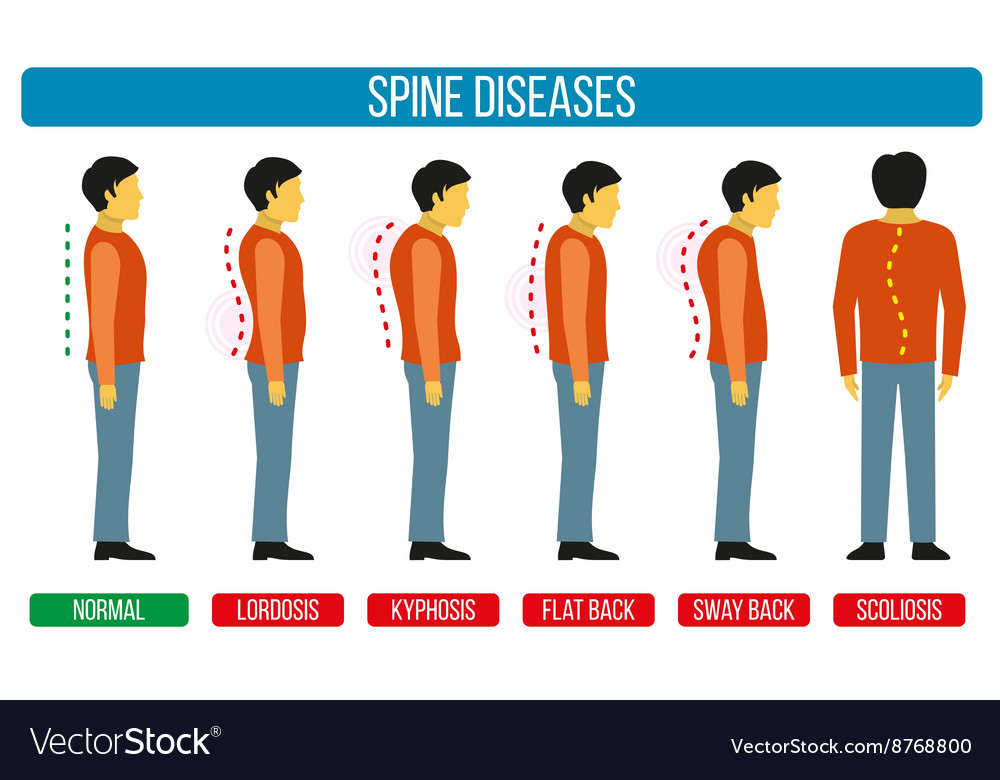Frequent Tasks That Contribute To Pain In The Back And Ways To Stop Them
Frequent Tasks That Contribute To Pain In The Back And Ways To Stop Them
Blog Article
Developed By-Love Schaefer
Maintaining correct pose and avoiding usual risks in everyday tasks can substantially affect your back wellness. From exactly how you sit at your workdesk to just how you lift heavy items, small modifications can make a big distinction. Imagine a day without the nagging pain in the back that hinders your every move; the service might be easier than you assume. By making a few tweaks to your daily routines, you could be on your method to a pain-free presence.
Poor Stance and Sedentary Way Of Living
Poor position and a sedentary way of living are two major factors to back pain. When you slouch or inkling over while resting or standing, you placed unnecessary strain on your back muscle mass and back. linked web-site can cause muscle mass discrepancies, tension, and eventually, chronic pain in the back. In addition, sitting for long periods without breaks or exercise can deteriorate your back muscle mass and result in stiffness and pain.
To battle inadequate posture, make a mindful effort to sit and stand up straight with your shoulders back and aligned with your ears. Keep in mind to maintain your feet flat on the ground and stay clear of crossing your legs for extended durations.
Incorporating normal stretching and strengthening exercises into your daily routine can additionally assist boost your pose and ease neck and back pain associated with an inactive lifestyle.
Incorrect Training Techniques
Incorrect training methods can dramatically contribute to back pain and injuries. When you lift heavy objects, remember to flex your knees and utilize your legs to raise, rather than depending on your back muscular tissues. Prevent turning your body while training and keep the item near your body to decrease strain on your back. It's vital to preserve a straight back and avoid rounding your shoulders while raising to stop unnecessary stress on your spinal column.
Always evaluate the weight of the object before lifting it. If it's too hefty, request assistance or usage tools like a dolly or cart to move it securely.
Bear in mind to take breaks throughout raising jobs to provide your back muscle mass a chance to rest and stop overexertion. By executing appropriate training methods, you can prevent neck and back pain and decrease the risk of injuries, guaranteeing your back stays healthy and balanced and strong for the long term.
Absence of Routine Exercise and Extending
A less active way of life lacking regular exercise and stretching can considerably add to neck and back pain and pain. When you don't participate in exercise, your muscle mass come to be weak and inflexible, resulting in poor position and enhanced pressure on your back. Normal workout assists enhance the muscular tissues that sustain your spine, improving security and minimizing the risk of back pain. Incorporating stretching right into your routine can additionally enhance versatility, preventing rigidity and discomfort in your back muscular tissues.
To stay clear of neck and back pain brought on by an absence of exercise and extending, go for a minimum of 30 minutes of moderate physical activity most days of the week. Consist of exercises that target your core muscular tissues, as a solid core can aid ease pressure on your back.
In addition, take breaks to extend and relocate throughout the day, particularly if you have a desk work. Straightforward stretches like touching your toes or doing shoulder rolls can assist relieve stress and stop neck and back pain. Prioritizing regular workout and stretching can go a long way in maintaining a healthy and balanced back and decreasing pain.
Conclusion
So, keep in mind to sit up right, lift with your legs, and stay energetic to stop pain in the back. By making linked web site to your everyday habits, you can avoid the discomfort and restrictions that feature neck and back pain. Deal with your spinal column and muscle mass by exercising great pose, correct training techniques, and routine exercise. Your back will certainly thanks for it!
